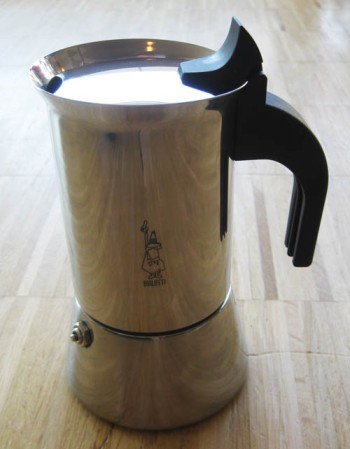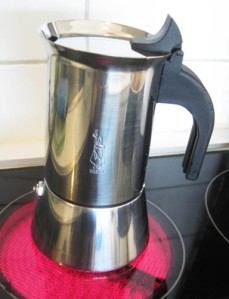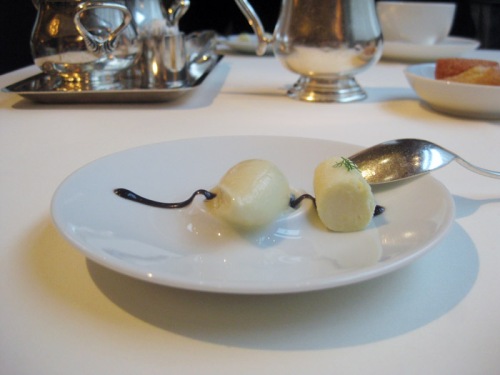German springerle cookies
This may be a little late, but I’m taking solace in the handy fact that the Christmas season truly lasts until January 6, the Epiphany.
At the Stuttgart Weihnachtsmarkt, or Christmas market, I first spotted these intricate molds, arrayed on a stall’s walls, from stamp-sized rectangles to frisbee circles. Amazingly detailed nativity scenes. Saints. Musical instruments. Animals. Hearts. I was immediately taken.
But what were they for? I couldn’t tell at first. Were they for wax creations? Paper prints?
Or cookies!
In a deliberation mode of locals, we bought a 2€ cookie to try. It was beautiful and elegant, but was it edible? Springerles, as these cookies are called, are hard and dry, completely unappealing solo. But dunked – rather, soaked for a good 4+ seconds – in a cup of hot tea or coffee, they give way to soft, delectable sweetness laced with anise.
So you can guess how this adventure turns out. My only hesitation was that I wanted to substitute the anise for some other flavor. Maybe lemon or almond?
I went back to the market a few days later and bought a collection of springerle molds: little Biblical scenes, a hairy camel, a violin (or is it a cello?), a pretzel, a heart, and an enormous Saint Nicholas. In Germany, St. Nick is still a bishop with a croiser, rather than an elderly bearded man with a bulging sac of toys.
The prices were all over the place. A small mold might be 2€. A larger one made up of many little molds could run north of 50€.
We tried the Joy of Cooking instructions and ended up adding heaps of extra flour. As written, it was too sticky for me. The dough kept climbing into the molds’ crevices and refusing to leave. Only after two of us wrangled the dough into a floury submission did the imprints start to emerge. But goodness. They are so much more gorgeous than American cookie-cutter creations.
I did substitute almond extract for the anise, which blended into the recipe nicely. But the rest of the recipe was a mystery to me. Eggs, but no butter? Flour, but no oil? Also: You must rest the dough, once molded into cookies, for at least 10 to 12 hours. Not in the refrigerator – out on the counter.
I’ll post a recipe when we find one that works without so much haggling. After all, with heart-shaped molds, I imagine these could be pretty Valentine’s Day cookies, too …


















